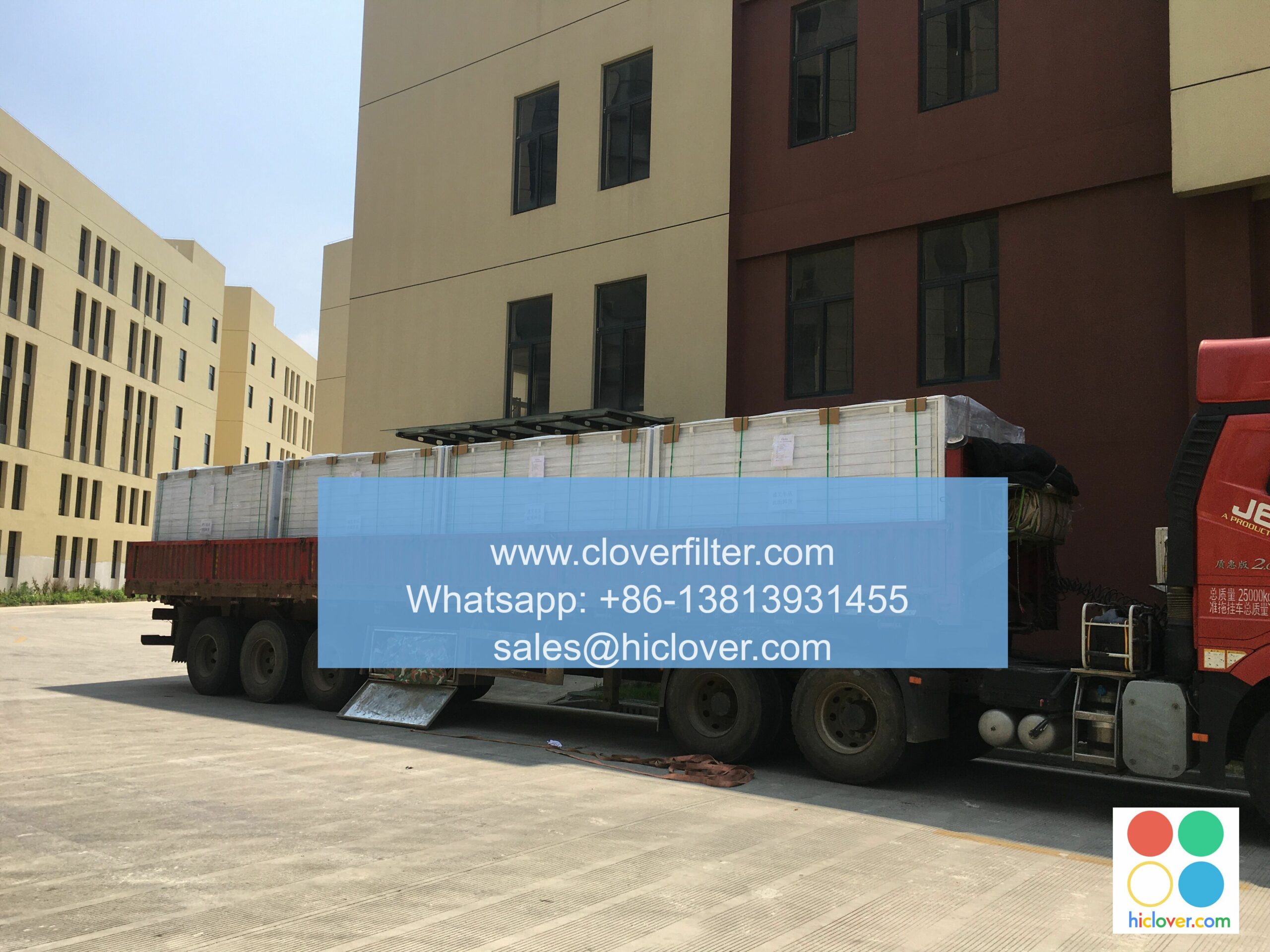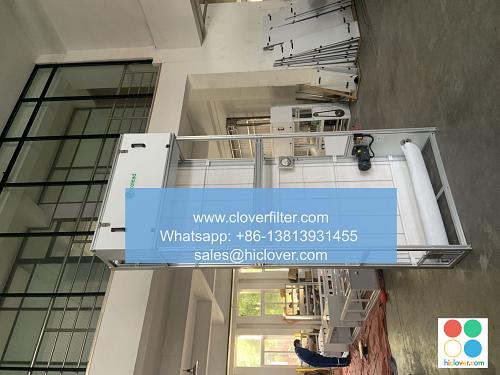Understanding the Science Behind Air Filter Integrations

Air filter integrations have become an essential component in various industries, including heating, ventilation, and air conditioning (HVAC), air purification, and industrial processes. The science behind air filter integrations is rooted in the principles of fluid dynamics, thermodynamics, and materials science. In this article, we will delve into the world of air filter integrations, exploring their design principles, application areas, and key benefits.
Design Principles of Air Filter Integrations
Air filter integrations are designed to capture airborne particles, remove contaminants, and improve indoor air quality. The design principles of air filter integrations involve the use of porous materials, such as fibers, membranes, and activated carbon. These materials are carefully selected and configured to optimize airflow, minimize pressure drop, and maximize filtration efficiency.
Key Components of Air Filter Integrations
The key components of air filter integrations include:
* Filter media: The material used to capture airborne particles, such as glass fibers, synthetic fibers, and nanofibers.
* Filter frames: The structural component that holds the filter media in place, such as plastic frames, metal frames, and wooden frames.
* Sealants and gaskets: The materials used to seal gaps and prevent air leaks, such as rubber gaskets and foam tapes.
Application Areas of Air Filter Integrations
Air filter integrations have a wide range of applications in various industries, including:
* HVAC systems: Air filter integrations are used to improve indoor air quality, reduce energy consumption, and extend equipment life.
* Air purification systems: Air filter integrations are used to remove airborne pollutants, Eliminate odors, and improve respiratory health.
* Industrial processes: Air filter integrations are used to capture hazardous particles, prevent equipment damage, and improve process efficiency.
Highlighting Various Application Areas
Some of the notable application areas of air filter integrations include:
* Commercial buildings: Air filter integrations are used to improve indoor air quality, reduce energy consumption, and enhance occupant comfort.
* Industrial facilities: Air filter integrations are used to capture hazardous particles, prevent equipment damage, and improve process efficiency.
* Transportation systems: Air filter integrations are used to improve air quality, reduce odors, and enhance passenger comfort.
Key Benefits of Air Filter Integrations
The key benefits of air filter integrations include:
* Improved indoor air quality: Air filter integrations help to remove airborne pollutants, Eliminate odors, and improve respiratory health.
* Reduced energy consumption: Air filter integrations help to minimize pressure drop, optimize airflow, and reduce energy consumption.
* Extended equipment life: Air filter integrations help to capture airborne particles, prevent equipment damage, and extend equipment life.
In conclusion, air filter integrations are a crucial component in various industries, and their design principles, application areas, and key benefits make them an essential tool for improving indoor air quality, reducing energy consumption, and extending equipment life. By understanding the science behind air filter integrations, we can optimize their performance, improve their efficiency, and enhance their benefits. You haven’t asked a question or provided any context. What would you like to talk about?

